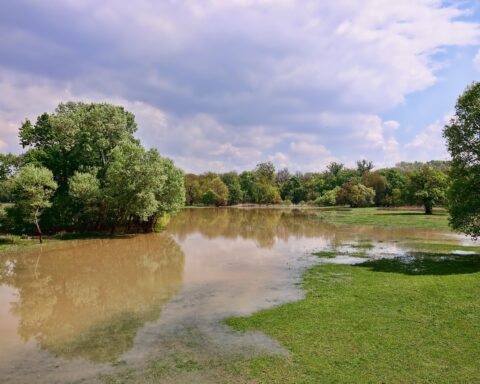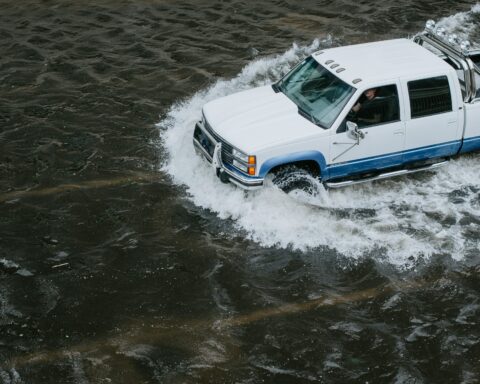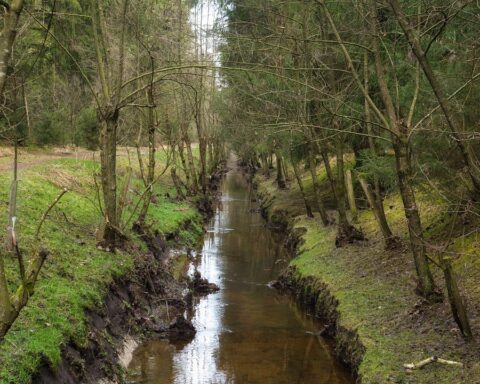The Department of the Interior has announced over $70 million for 43 projects in 29 states to improve fish passage around outdated structures such as dams and culverts. The investment contributes to climate resilience, recreation and local economies.
The new funds supplement previous investments from the U.S. Fish and Wildlife Service’s National Fish Passage Program under the Bipartisan Infrastructure Law (BIL). Nationwide barriers across the country make fish migration more difficult and increase flood risks.
“For every $1 million invested in 2022 and 2023 through the Bipartisan Infrastructure Law and partner funding for fish passage projects, an average of 13 jobs were supported and $1.5 million was contributed to the project area’s local economy through construction and implementation,” U.S. Fish and Wildlife Service Director Martha Williams said.
The BIL has allocated close to $2 billion across government agencies for ecosystem restoration initiatives that focus on improving fish passage. Thirteen federal agencies have joined forces to establish the Federal Interagency Fish Passage Task Force to enable a comprehensive strategy in carrying out fish passage efforts under BIL and into the future.
“When we remove outdated and obsolete barriers to fish migration, we revitalize the entire ecosystem these rivers support and invest in the surrounding community,” Interior Secretary Deb Haaland said.
Over a five-year period through fiscal 2026, BIL funding will support projects to benefit aquatic species, their environments and the communities surrounding them. Projects include:
- The Lower Skutik/St. Croix River Fishways in Maine is designed to return tens of millions of adult river herring annually, establishing the largest population in both the United States and Canada. The fishways project will also aid the sustainability and economic viability of local industries such as pulp, paper, and fishing.
- Conasauga Habitat Connectivity for Trispot Darters in Georgia plans to restore connectivity in river habitats by eliminating undersized culverts. Doing so will directly benefit trispot darters and blue shiners, improve local transportation infrastructure and protect communities during peak flow events.
- Enloe Dam Removal in Washington is co-sponsored by Trout Unlimited and the Confederated Tribes of the Colville Reservation, and endorsed by both the Upper and Lower Bands of the Similkameen Indians. The collaborative effort will restore more than 1,500 miles of habitat for steelhead trout, Chinook salmon and Tribal trust species like Pacific lamprey. It will also improve water quality, recreation and flood risk reduction.
- Otilla Dam Removal in Texas is being spearheaded by the San Antonio River Authority the project seeks to dismantle a dam from the 1920s that has become a hazard to human safety and an obstruction to aquatic species. The project will restore access to 30 miles of upstream river habitat for species and recreational purposes while minimizing flood risks.
- Upper Otter Tail River Connectivity Project in Minnesota is being led by the Minnesota Department of Natural Resources in partnership with the White Earth Band of Chippewa, Red Lakes Band of Chippewa, Minnesota Department of Transportation, East Otter Tail Soil and Water Conservation District and other collaborators, this project seeks to connect 20 river miles and almost 1,800 acres of aquatic habitat. It will aid in recovering lake sturgeon populations and facilitate connectivity for walleye, white sucker, mussels and other aquatic species. It will additionally boost fishing opportunities, support the harvest of wild-origin protein, and promote the sustainability of culturally significant fish populations for local Tribes.
The National Fish Passage Program plays a pivotal role in coordinating efforts to restore connectivity in rivers and tidal systems. It offers support to communities, Tribes and landowners for barrier removal and restoration projects.









